The history of Elmia
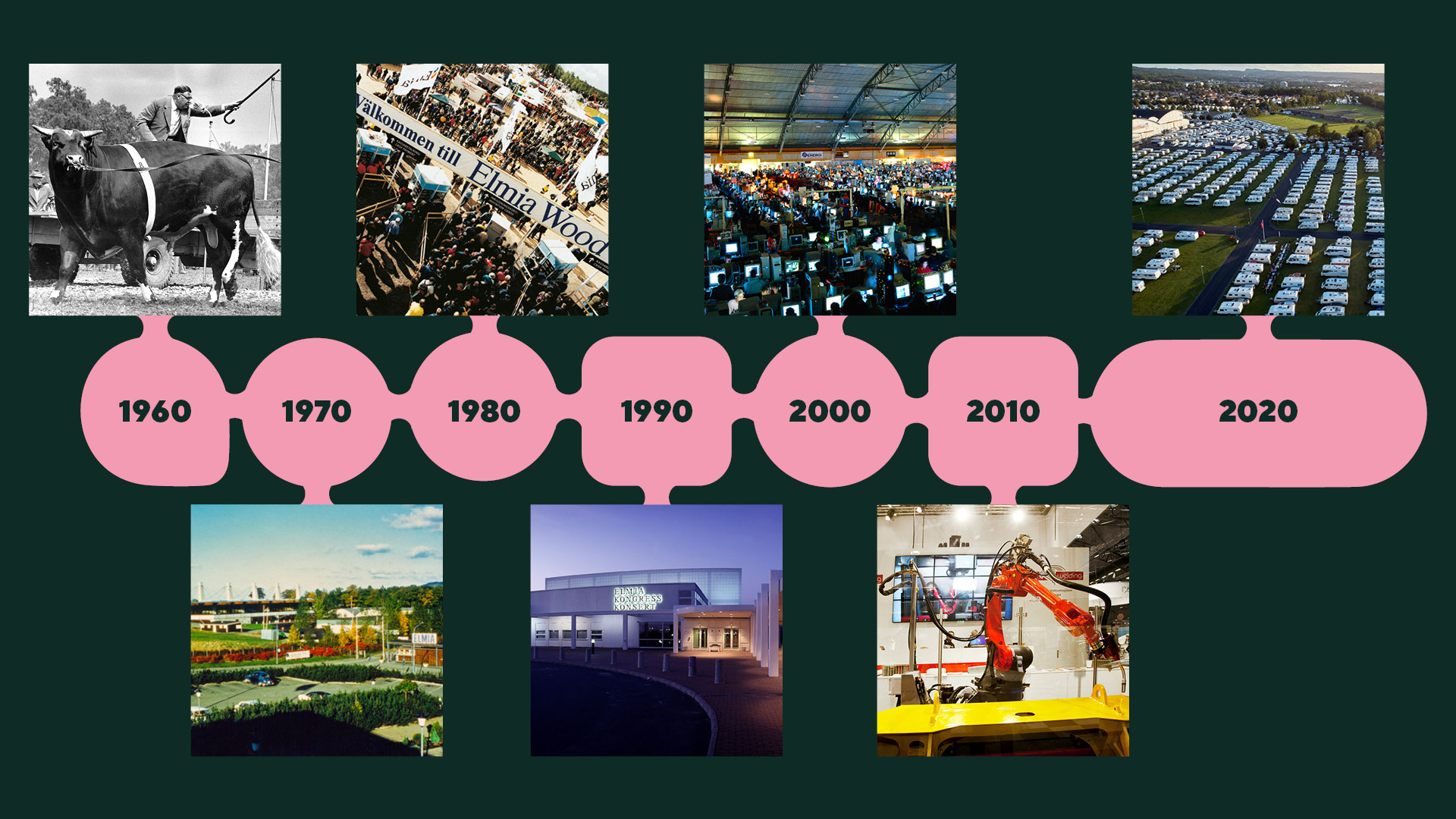 At Elmia, many innovations and ideas have been presented to the world for the first time – and we are proud of that. We have been creating meetings since 1961, helping to develop and, in many cases, create the most important meeting places for a wide range of industries.
At Elmia, many innovations and ideas have been presented to the world for the first time – and we are proud of that. We have been creating meetings since 1961, helping to develop and, in many cases, create the most important meeting places for a wide range of industries.
Here, at the southern tip of Lake Vättern, people have gathered throughout history to do business, exchange ideas, and build the future. That tradition lives on with us – and is constantly being reenergized.
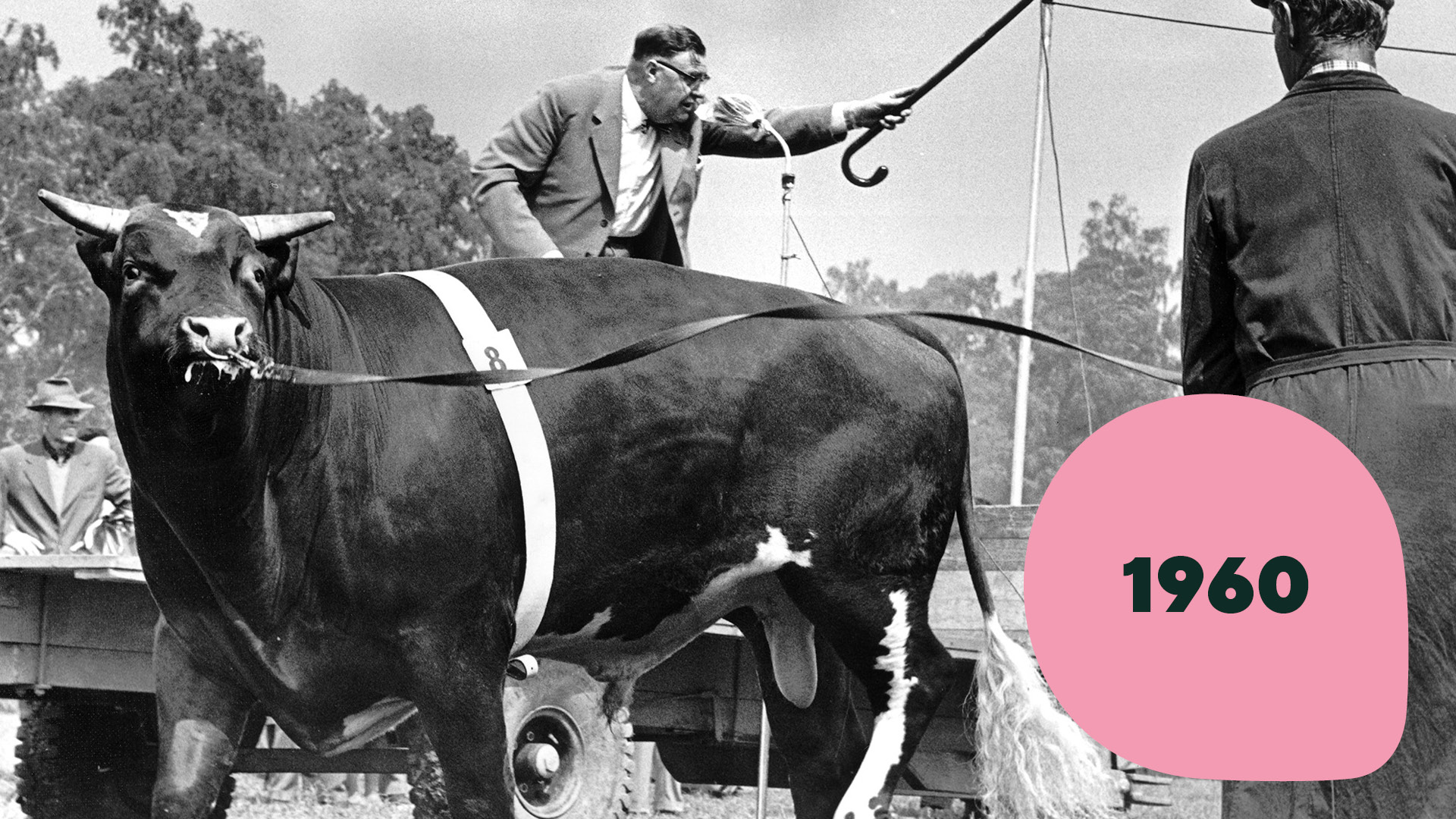 At Rosenlundsfältet, Swedish farmers got their first permanent meeting place to showcase and discover new innovations – the Elmia 61 agricultural fair. Its success attracted hundreds of thousands of visitors and laid the foundation for the Elmia we know today – a place where people, ideas, and innovation come together to shape the future.
At Rosenlundsfältet, Swedish farmers got their first permanent meeting place to showcase and discover new innovations – the Elmia 61 agricultural fair. Its success attracted hundreds of thousands of visitors and laid the foundation for the Elmia we know today – a place where people, ideas, and innovation come together to shape the future.
The name came from its forerunner, ELMA – the European Agricultural Fair in Axevalla, with an extra I for industry. Thus, Elmia was born – a meeting place where innovation and development have always been at the center.
Right from the start, Elmia put Jönköping on the world map. When the EEC Commission in Brussels held its first symposium here in 1965, it became clear: the world is finding its way to Jönköping – in the heart of the Nordic region.
 The green theme was present at Elmia from early on. In 1970, we hosted one of the Nordic region's first water management fairs – Världen, Vattnet och Vi (The World, Water, and Us) – a clear sign of our green commitment.
The green theme was present at Elmia from early on. In 1970, we hosted one of the Nordic region's first water management fairs – Världen, Vattnet och Vi (The World, Water, and Us) – a clear sign of our green commitment.
The agricultural fair grew and was divided into several trade fairs to meet companies' needs for the right visitors. This led to the creation of the Forest Fair, the Subcontractor Fair (Elmia Subcontractor), and the Elmia Game Fair, among others. The first machine demonstrations were held in the forest in 1973, where innovations were able to show their strength in a real environment.
In 1976, the next step was taken: new exhibition halls, conference rooms, and a restaurant were built to hold fairs all year round. At the same time, Elmia's concept was developed – from standard booths to tailor-made experiences.
 The 1980s were a time of expansion and new opportunities. With the new “Tipshallen” exhibition hall, Elmia gained more space for its exhibitors – and Jönköping gained a long-awaited indoor arena for sports and events. Elmia now organized a total of 25 annual trade fairs, filled with ideas and innovations.
The 1980s were a time of expansion and new opportunities. With the new “Tipshallen” exhibition hall, Elmia gained more space for its exhibitors – and Jönköping gained a long-awaited indoor arena for sports and events. Elmia now organized a total of 25 annual trade fairs, filled with ideas and innovations.
Among the new successes was Allt om Husvagn & Camping (All About Caravans & Camping), where visitors could camp on the grounds – a concept that grew into the popular event we know today as Elmia Husvagn Husbil (Elmia Caravans & Motorhomes), with 10,000 campers and over 30,000 visitors each year.
In 1983, another major project was launched: Elmia Lastbil. The fair immediately attracted 27,000 visitors and laid the foundation for a long tradition of innovation in transport and logistics – today with a focus on sustainability and smart technology.
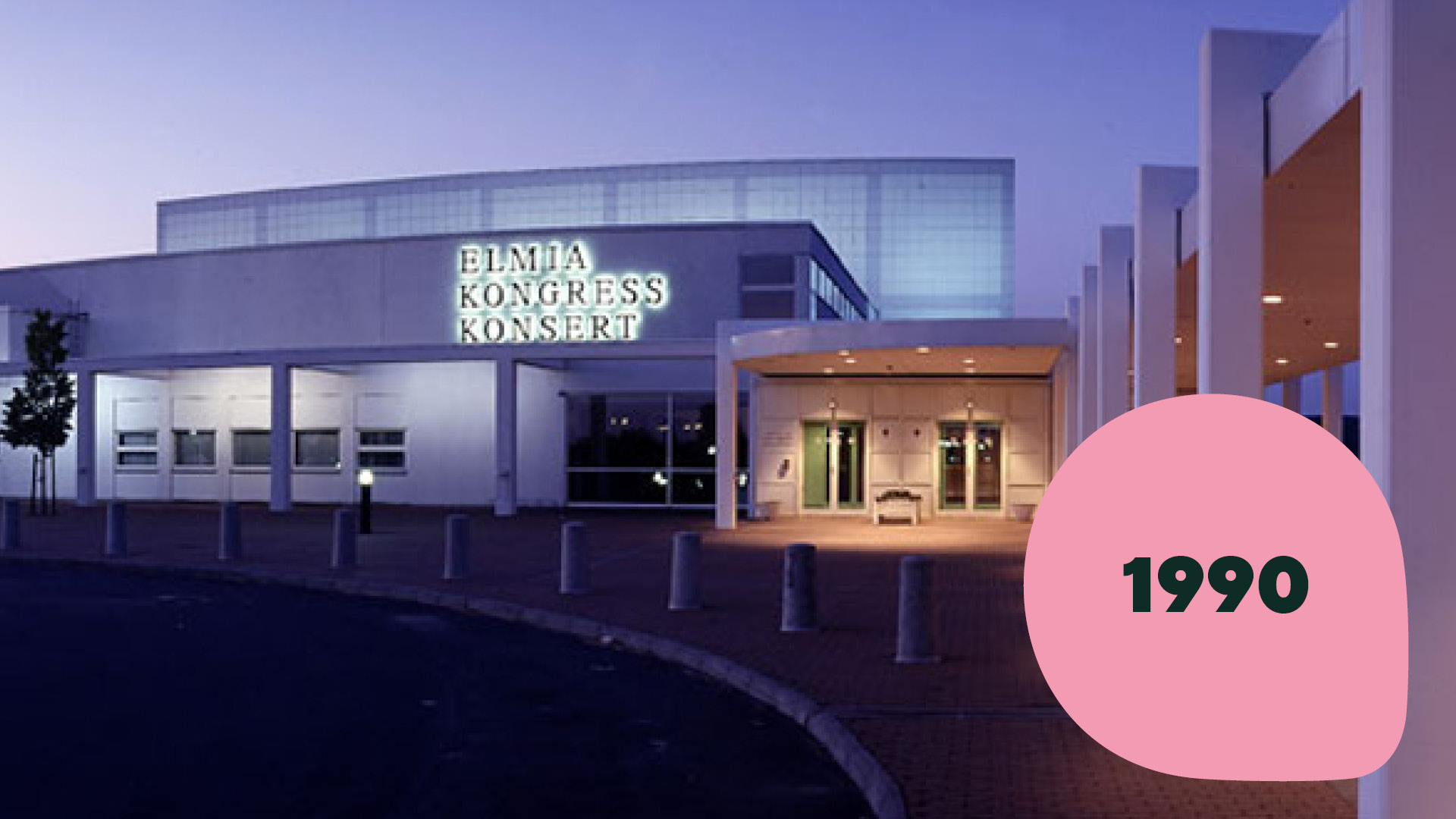 When the Congress & Concert Hall was inaugurated in 1990, Elmia took a big step forward. The investment created a place where business and culture could meet, and made it possible to organize large congresses, concerts, and events with over a thousand participants. With the addition of a new 7,000 square meter exhibition hall, completed in 1997, Elmia grew into an arena for both innovation and inspiration – all year round.
When the Congress & Concert Hall was inaugurated in 1990, Elmia took a big step forward. The investment created a place where business and culture could meet, and made it possible to organize large congresses, concerts, and events with over a thousand participants. With the addition of a new 7,000 square meter exhibition hall, completed in 1997, Elmia grew into an arena for both innovation and inspiration – all year round.
During the same decade, interest in motorsports was reignited. The Motor Show, which had been a tradition since the 1970s, developed into the Bilsport Performance Show, which a few years later became the Custom Motor Show – an Easter tradition that is now Scandinavia's largest car and motorcycle fair, attracting around 80,000 visitors every year.
Interest also grew in the forests outside Jönköping. In 1997, Elmia Wood attracted a record number of visitors – 54,000 – and 500 exhibitors
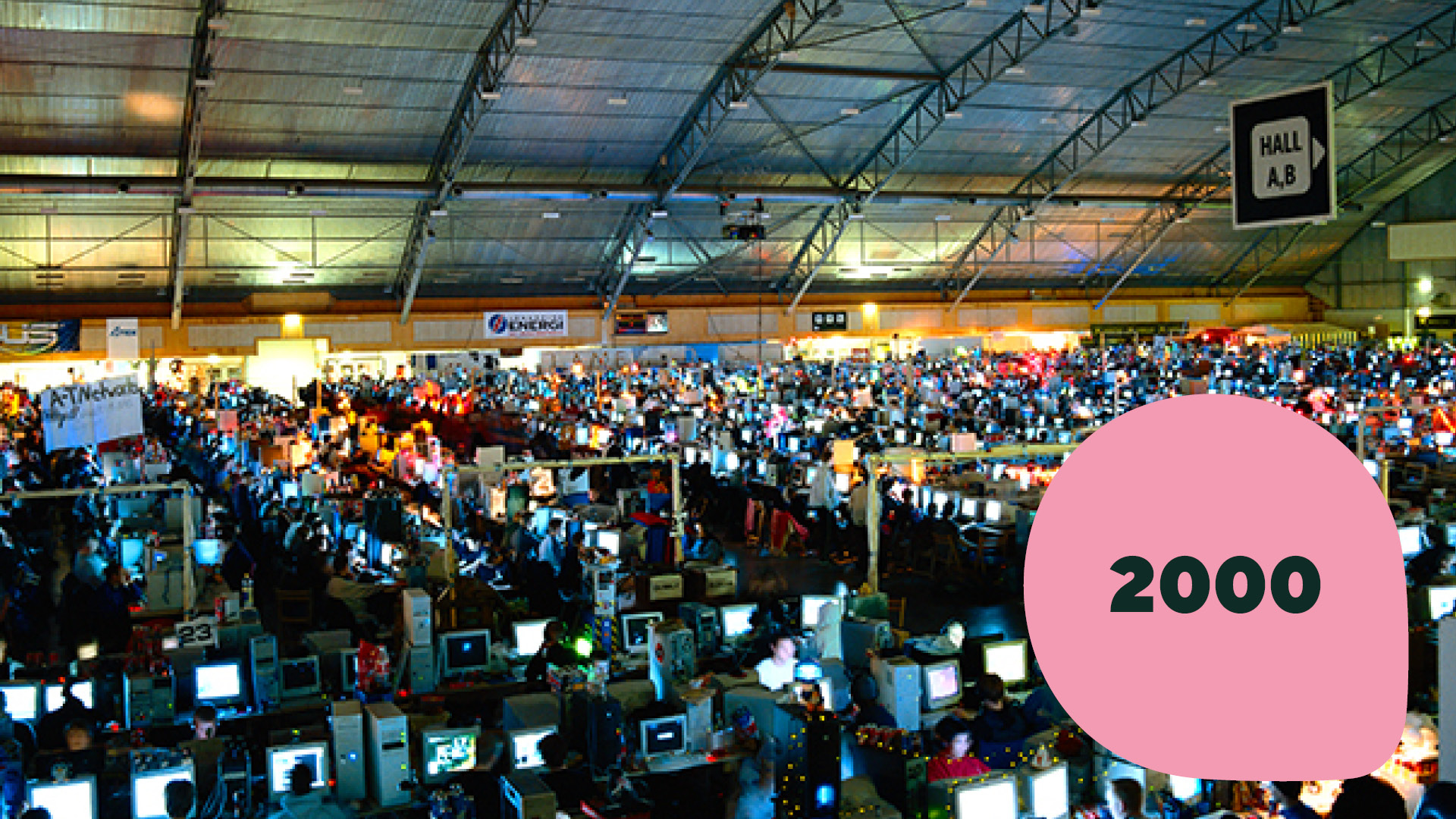 Despite all the new digital possibilities, the 2000s show that nothing beats human interaction. Proof of this is DreamHack, which moved into Elmia in 2001. From being the world's largest LAN party, it grew into the world's largest digital festival, where 50,000 visitors gathered twice a year – to experience community, creativity, and digital innovation in Jönköping until 2023.
Despite all the new digital possibilities, the 2000s show that nothing beats human interaction. Proof of this is DreamHack, which moved into Elmia in 2001. From being the world's largest LAN party, it grew into the world's largest digital festival, where 50,000 visitors gathered twice a year – to experience community, creativity, and digital innovation in Jönköping until 2023.
At the same time, Elmia's own trade fairs continued to flourish. Elmia Subcontractor cemented its position as Northern Europe's leading subcontractor trade fair, where around 1,000 exhibitors from 30 countries meet around 11,500 visitors every year. This is where collaborations and innovations that drive the industry forward are formed.
The green sector also grew strongly. Since 2000, Elmia Garden has been the Nordic region's most important trade fair for the gardening industry – a colorful meeting place where sustainable ideas, new products, and creative plant life sprout every fall.
At Elmia, the human and the digital, the industrial and the green – everything that shapes the society of the future – come together, side by side.
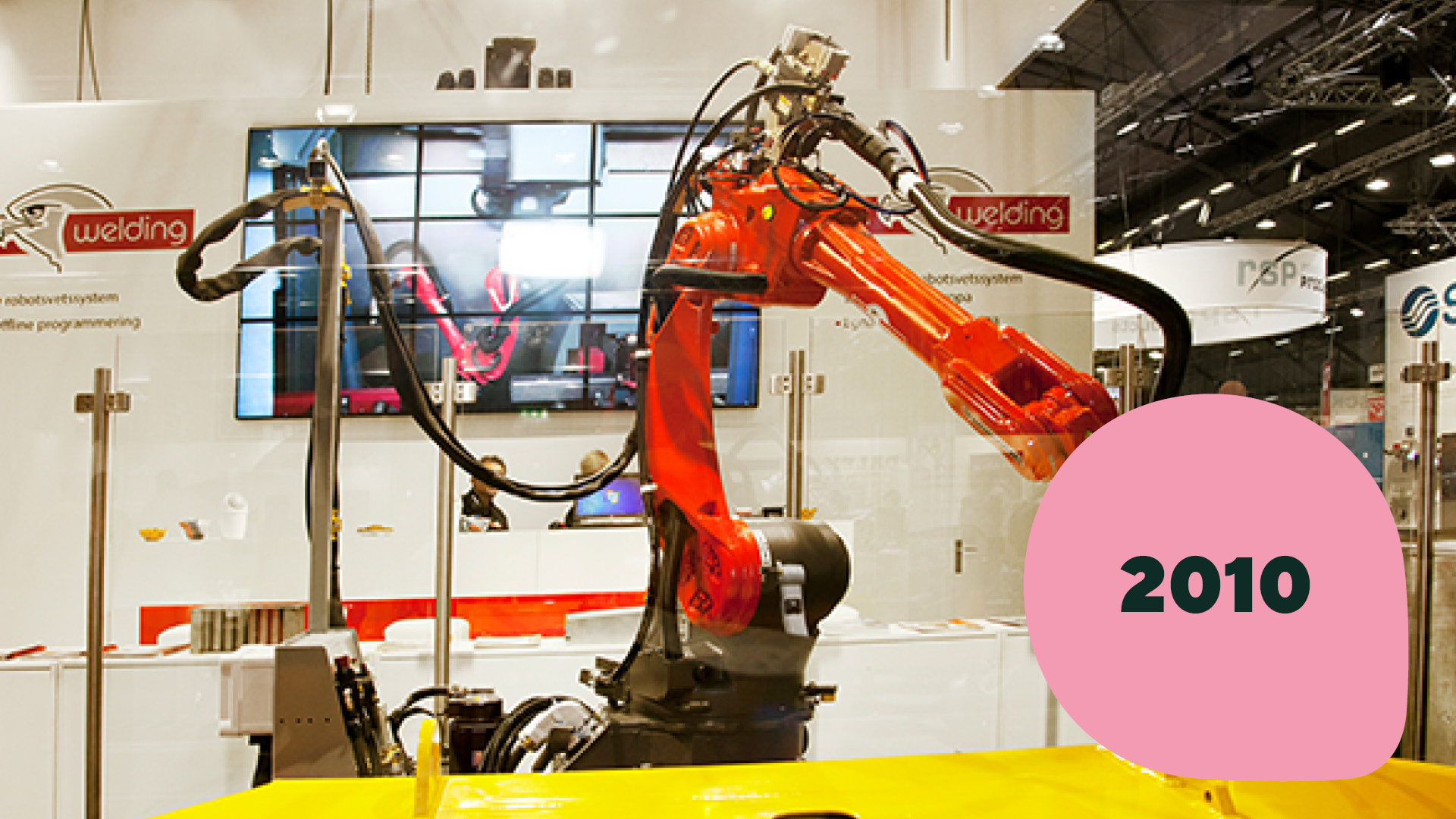 At Elmia, the future continues to take shape. During the 2010s, several new trade fairs have seen the light of day – not least Elmia Production Fairs, where six strong industrial fairs are gathered under one roof every two years. Together, they constitute Sweden's most important arena for production and innovation in the manufacturing industry.
At Elmia, the future continues to take shape. During the 2010s, several new trade fairs have seen the light of day – not least Elmia Production Fairs, where six strong industrial fairs are gathered under one roof every two years. Together, they constitute Sweden's most important arena for production and innovation in the manufacturing industry.
At the same time, conferences and events have grown significantly, with more and more industries and organizations choosing Elmia as the venue for their meetings. Here there is room for ideas, conversation, and inspiration – all year round.
With flexible premises, dedicated service, and outstanding hospitality, Elmia creates a space for meetings that make a difference—whether it's an international trade fair, an industry conference, or a local gathering.
